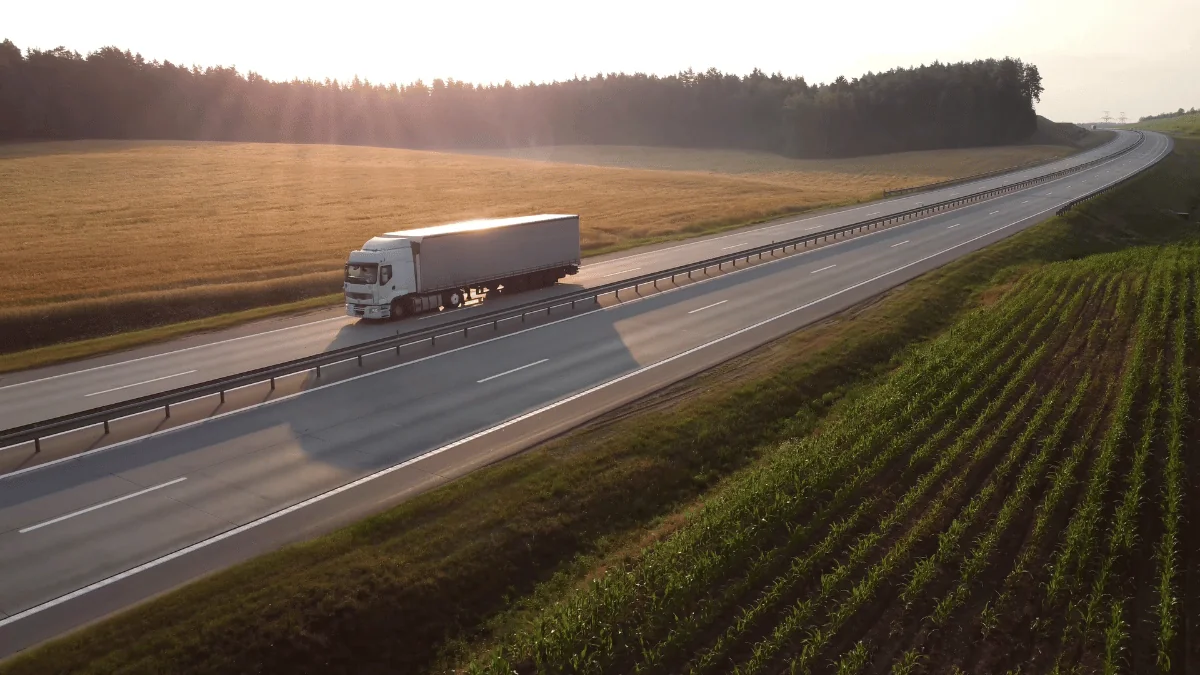Self-Driving Vehicles and Their Effect on the Freight Industry
Automation is a controversial topic in the freight industry. While automating certain aspects of the supply chain can lead to lower labor costs and increased productivity, there are downsides. Most concerns about automation focus on the nuances of the supply chain—the unique skills and insights that humans contribute to their work, which robots and AI cannot replicate.
One area of logistics that is beginning to adopt automation is truck driving. Self-driving vehicles, also known as autonomous vehicles, are already available on the market, including models from Tesla and Google’s lineup of self-driving cars. However, semi-truck manufacturers have been developing self-driving trucks for release to the freight market.
Electronic systems, such as GPS or satellite technology, will control these vehicles. They’ll use onboard computing to navigate and detect hazards and obstacles through sensors, cameras, and lasers attached to them. Semi-autonomous trucks are already out on the market, though they require a human driver aboard. The full self-driving trucks will not have a human aboard.

Companies like Uber Freight, FedEx, and Kodiak will be sending autonomous freight trucks to and from terminals by 2027. However, this is not expected to change the delivery process completely. Drivers are still a critical component of truck driving and will remain so in the future. However, self-driving vehicles may be able to solve a major issue in trucking: driver shortages.
Right now, many drivers are aging out of the industry, but fewer younger ones are taking their place. The industry’s old-fashioned standards and long stretches from home are deterrents to younger drivers. While the attempts to lure younger people to truck driving have been successful, retention has not; many young people leave trucking as soon as they enter.
Self-driving vehicles don’t face the same challenges as human drivers. Since there is no person behind the wheel, the truck can keep driving as long as it has fuel. It doesn’t need to take mandatory breaks for rest or suffer from fatigue due to long hours on the road. Carriers will be less concerned about driver shortages, giving former drivers a chance to transition to other roles in the industry.
Self-driving vehicles also offer other advantages, such as:
– Increasing efficiency and productivity in freight delivery.
– Reducing human errors like distracted driving and fatigue, minimizing disruptions in the supply chain.
– Lowering carbon emissions, mainly if powered by alternative fuels like hydrogen.

This doesn’t mean self-driving vehicles don’t have their disadvantages. Safety is the top concern among critics of autonomous trucks. Crashes and accidents are inevitable, but many safety advocates worry that without a human driver on the lookout, the truck will be unable to spot and avoid obvious dangers.
This may have to do with the fact that self-driving trucks are still in the testing phase. These tests were conducted in ideal weather (sunny with no precipitation) in areas without major weather or environmental disruptions. This means trucks may be unprepared for severe weather events or issues that manufacturers did not account for beforehand.
There also isn’t any concrete regulation behind self-driving vehicles. The National Highway Traffic Safety Administration has yet to create any concrete rules outlining controlling them. Meanwhile, Teamsters have demanded that states create laws requiring human drivers to monitor any autonomous vehicles, along with other guidelines regulating self-driving vehicles, but no actions have been taken so far.

However, self-driving vehicles are not a recipe for disaster that many consider them to be. The potential to address driver shortages, increase efficiency, and reduce human error in freight transportation is significant. However, moving forward requires careful consideration of safety, regulations, and technological advancements.
Currently, human drivers remain essential, but as autonomous vehicles continue to develop, they have the potential to transform the future of freight transportation. To fully leverage the benefits of this innovation, collaboration among industry leaders, regulators, and technology developers will be crucial in ensuring a safe, efficient, and sustainable future for freight logistics.


